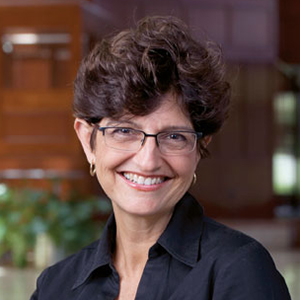When you’re reporting an audio story, collect all the sound elements you will need to reconstruct a scene for a listener. That means collecting the sound of doors opening and closing, the sound of thunder in the background, the sound of your subject answering the phone or greeting a friend. You want sound that paints a picture or sets a scene.
One approach to gathering this scenic sound is to think like a photographer: close-ups and wide shots.
- If you’re going to photograph an event, you’re going to look for extreme close-ups, pictures of vivid detail and emotion. You want to do the same with audio. Capture sound of the elements that make up a sonic space. If you’re in a hamburger joint, you want the sound of the sizzling bacon, the clatter of dishes being washed, the ring of a cash register. That’s the close-up.
- You also want pictures that give a sense of the size and scope of the event, the pictures of the crowd from above. In an audio story, you want the din of overlapping conversation, the hum of exhaust fans over the grill, the rumble of street noise outside. That’s the panoramic shot.
With this raw tape of natural sounds, you’ll be ready to write vivid scenes into your script.
Taken from Writing for the Ear, a self-directed course by Dan Grech at Poynter NewsU.
Have you missed a Coffee Break Course? Here’s our complete lineup.







